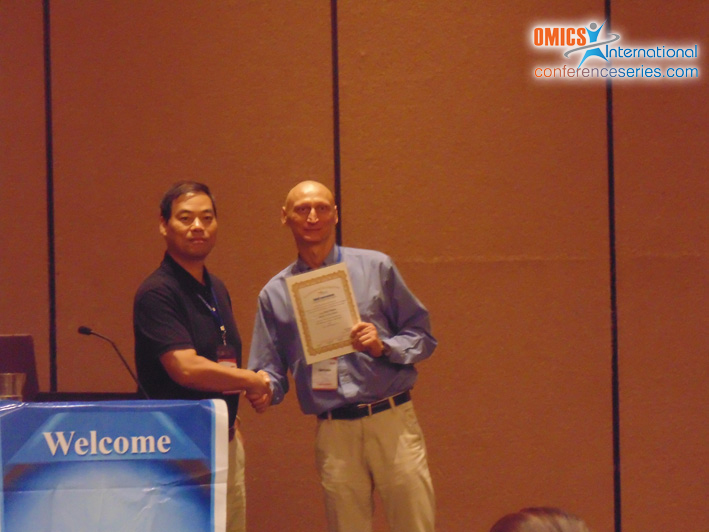
Patrick Xuechun Zhao
Samuel Roberts Noble Foundation, USA
Title: The LegumeIP (2015 release) - a web-based comparative genomics and gene expression atlas platform to study gene function and genome evolution in legumes
Biography
Biography: Patrick Xuechun Zhao
Abstract
Legumes are one of the most evolutionarily well-adapted plants that play vital roles in ecology and agriculture. They have the unique ability to carry out symbiotic nitrogen fixation (SNF) through endosymbiotic interactions with bacteria. Aside from the root nodulation and nitrogen fixation symbiosis with rhizobia, legumes possess many unique features that are not found in the model plant Arabidopsis thaliana, such as mycorrhization, compound leaf development, protein-rich physiology, a profuse secondary metabolism, glandular trichome development and border cells in roots. We present LegumeIP1 (http://plantgrn.noble.org/LegumeIP/v2/) - a web-based comparative genomics and gene expression atlas platform that integrates large-scale genomics, transcriptomics data and bioinformatics tools to study gene function and genome evolution in legumes. The LegumeIP (2015 release) hosts 1) genomic data such as genomics sequences, Sanger sequencing- and RNA-seq-based expressed sequence tag (EST) sequences, gene models, and annotations that are cross-refereed to the UniProt TrEMBL, InterProScan, Gene Ontology (GO) and the Kyoto Encyclopedia of Genes (KEGG) reference database for six model and crop legumes: Medicago truncatula, Glycine max (soybean), Lotus japonicus, Phaseolus vulgaris (common bean), Cicer arietinumx (chickpea) and Cajanus cajan (pigeon pea), and two reference model plants: A. thaliana and Poplar trichocarpa; 2) gene expression atlases that include 276 array hybridizations from L. japonicas, 1,915 array hybridizations from M. truncatula, 1,379 gene expression profiles of G. max, and 4,164 array hybridizations of A. thaliana; and 3) gene families, orthologous groups, gene family phylogenetic trees and syntenic regions across hosted species. LegumeIP also integrates a suite of bioinformatics tools for exploring and analyzing 1) whole-genome synteny and detailed syntenic gene alignments; 2) gene annotations, gene families and orthologous groups; and 3) gene expression patterns, clusters and co-expression networks.



